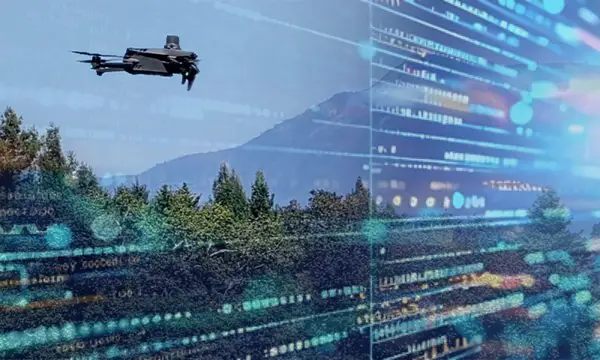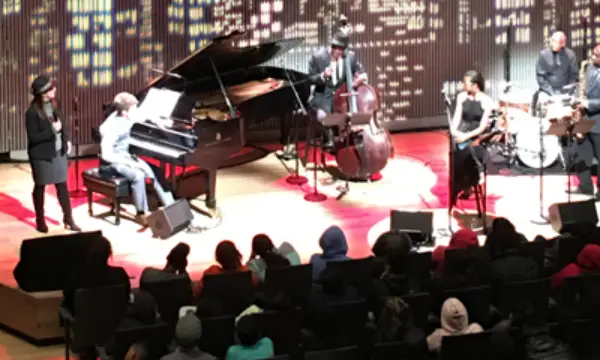- About
- Network
- Community
- Initiatives
- News
- Events
- Blog
- Publications
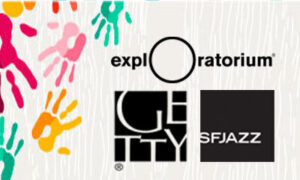
California Cultural Institutions Increase Online Initiatives During COVID Pandemic
Categories Cultural & Scientific RENS & NRENS

CENIC’s member cultural institutions have launched innovative digital initiatives to reach people at home during the pandemic, providing valuable resources for the research and education community and beyond. The Exploratorium, SFJAZZ, and the Getty are keeping their communities engaged with online offerings including hands-on science, art, and music projects that support the latest curriculum standards, COVID-related educational materials, teacher workshops, virtual museum tours and concerts, gaming activities, and more.
Despite being closed during stay-at-home orders, CENIC’s member cultural institutions still transferred 414 Terabits on the California Research and Education Network (CalREN) in a recent week, which is 94% of last year’s usage during the same time.
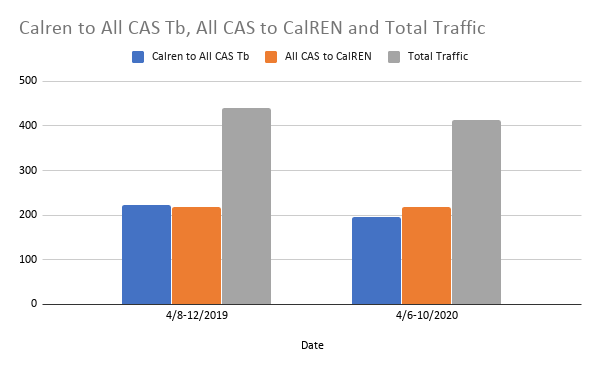
Cultural institutions have always had a dual mission: an artistic or scientific mission and an educational mission. If these institutions are to fulfill their missions to their maximum potential, interactive access to these irreplaceable resources must exist throughout California’s and the country’s educational institutions. High-speed broadband, and connections to research and education communities, can bring people together with one another and priceless far-flung resources in new and innovative ways, and leaders like the Exploratorium, SFJAZZ, and the Getty are demonstrating some of the possibilities.
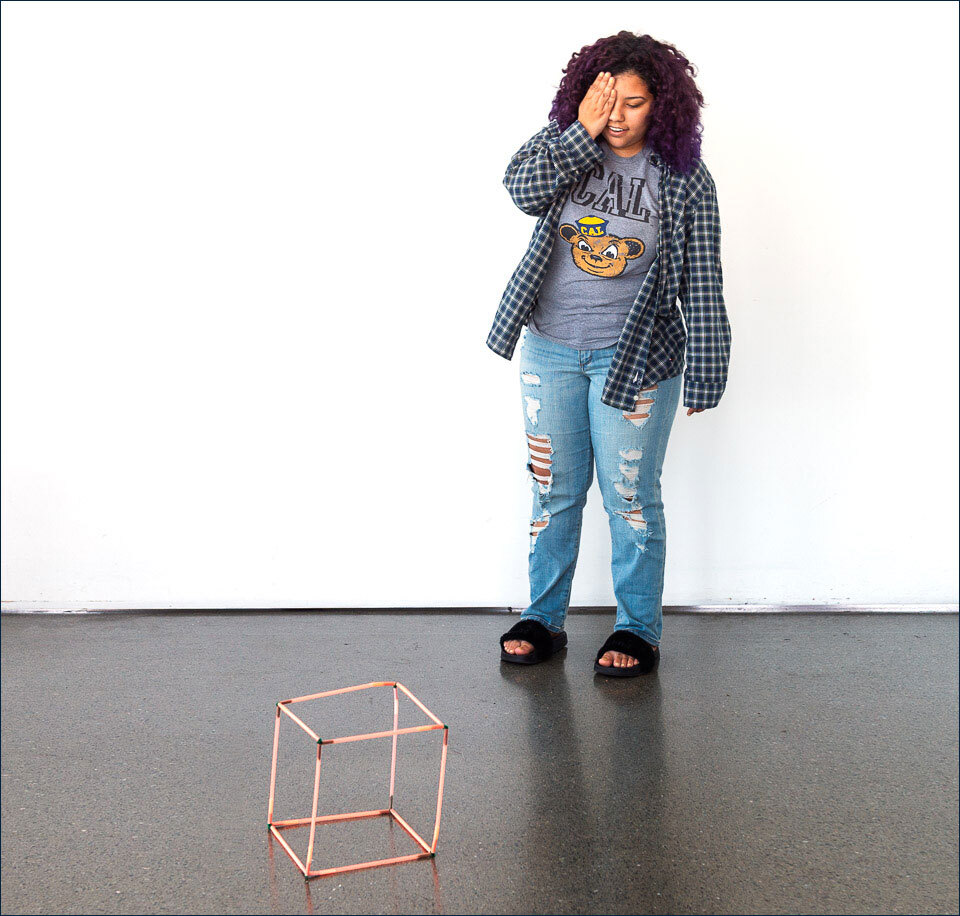
Source: ©Exploratorium, www.exploratorium.edu
Engaging with Phenomena
Designed to explore the world through science, art, and human perception, the Exploratorium in San Francisco was one of the first museums in the world to have an online presence. During the pandemic, the museum has experienced a roughly 250% increase in demand for its online resources, said Exploratorium Chief Science Officer and Senior Director of Educator Engagement Robert Semper. “We first went online in 1993 when there were only 600 websites in the world and since that time we’ve always found value in producing online material in addition to the physical material that people can visit at the museum.”
Semper said the pandemic has also sparked a growing demand for online teacher workshops. This spring, the museum increased its online workshops from two to 15, drawing hundreds of more participants for each workshop statewide. Workshops support Next Generation Science Standards, and cultivate and engage communities of practice, bringing together teachers, university professors, and professional experts. CalREN’s connections to county offices of education help link educators and education leaders where they are, and help reach remote school districts throughout the state.
The Exploratorium’s Science Snacks are hands-on, teacher-tested activities that bring explorations of natural phenomena into the classroom or the home, and use inexpensive, easily-available materials, and are adaptable to a wide range of curricula, content areas, and grade levels. New activities include specific resources that relate to COVID-19, such as how the surface lipids in soap kill bacteria and why that causes soap to be so effective in preventing the spread of viruses.
Embracing the Streaming Age
At SFJAZZ in San Francisco, the COVID pandemic was a catalyst for the virtual concert series Fridays at Five, a series of weekly pre-recorded concerts that aspire to connect those at home with the experience of live music. Director of Operations Mount Allen said he hopes to extend the broadcasts to live performances, with artists performing either together at the SFJAZZ Center or apart from various locales with their sounds mixed together in real-time by network-enabled software.
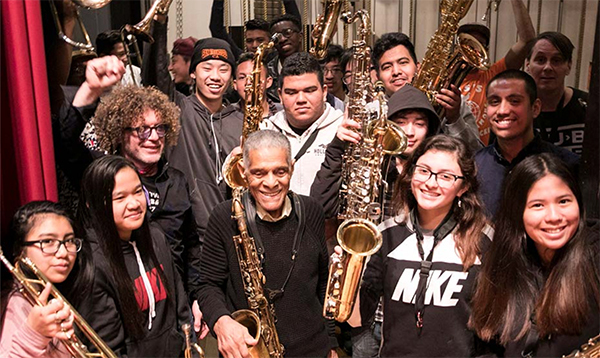
SFJazz uses UltraGrid and JackTrip software in tandem. UltraGrid, developed at CESNET in the Czech Republic, enables high-quality video exchange while JackTrip, developed at Stanford University, enables high-quality audio exchange. Supported by peering connections to the CENIC network and CENIC’s advanced-networking technology, the two software applications achieve virtually imperceptible latency, crucial for interactive online music performance. “SFJAZZ successfully used JackTrip and UltraGrid together, and from our collaboration, these two international universities have since worked together, bringing the best in high-end audio and video integration on the global research and education network,” Allen said. “This type of collaboration highlights the value of bringing together cultural institutions and peering institutions for the benefit of the communities and the development of the network.”
Integrating education and advanced networking technology is a cornerstone of SFJAZZ’s outreach vision. While the SFJAZZ Center and schools are closed during the pandemic, SFJAZZ offers online curriculum materials, exclusive concerts, masterclasses, lesson plans, lectures, and more, designed for current and future musicians and audiences. Programs support arts education curriculum standards.
Increasing Exposure to Art
The Getty in Los Angeles, one of the world’s largest cultural and philanthropic organizations dedicated to the visual arts, offers virtual tours, viewing of art in 3D, art re-creation challenges, gaming applications, and more.
Shortly after stay-at-home orders were announced, Getty launched a social media challenge - #gettymuseumchallenge - asking people to recreate their favorite work of art with objects or people found in their home. The museum invited people to use the downloadable artworks from its online collection. Less than a week after the challenge launched, the museum reported that thousands of people had submitted their creations.
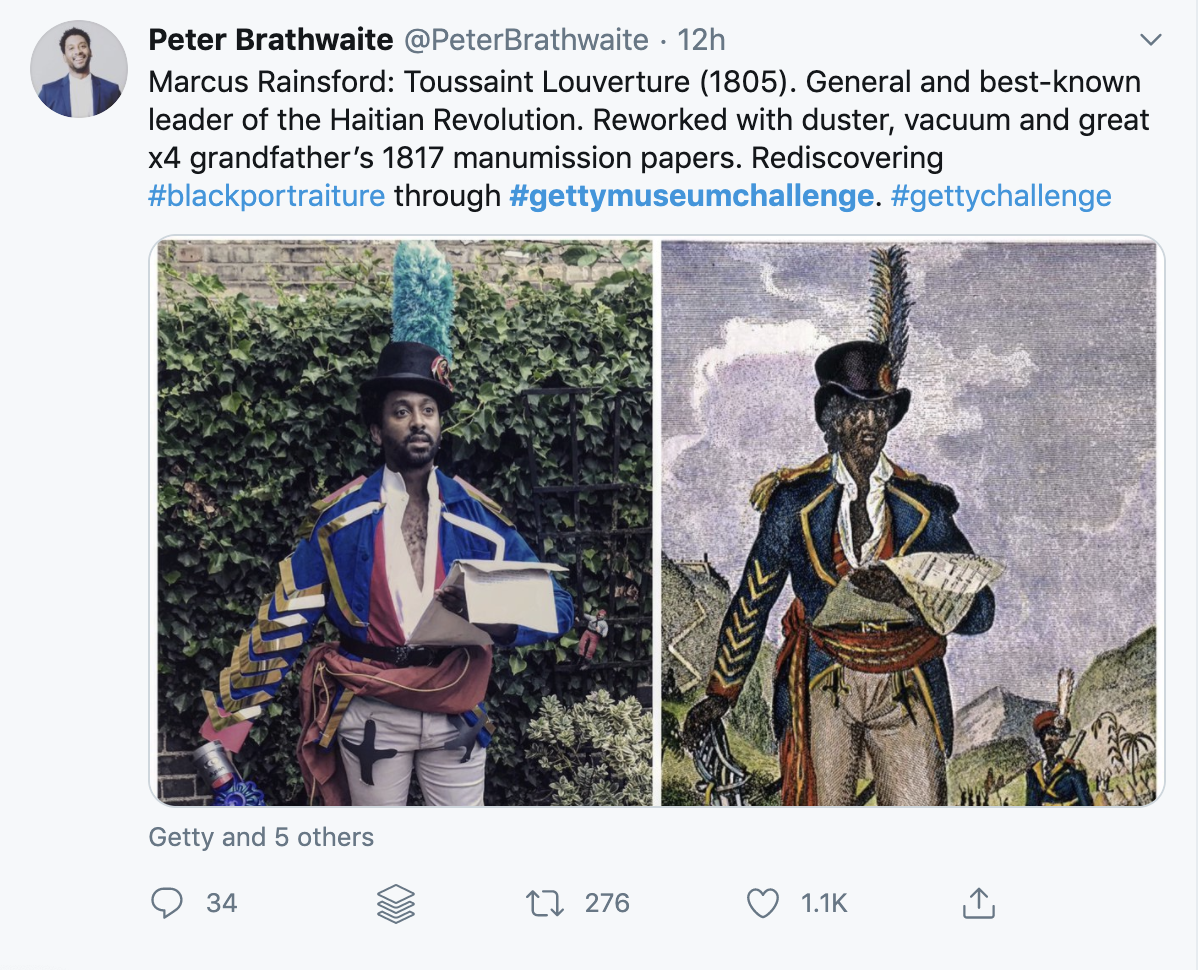
Getty also created a tool that allows fans of hit Nintendo game Animal Crossing: New Horizons to decorate their in-game environment and avatar with priceless images from its open-access collection of artworks. In addition, Getty is increasing the amount of its collection available on Google Arts and Culture, an online platform through which the public can view high-resolution images and videos of artworks and cultural artifacts from partner cultural organizations throughout the world. A new collaboration between Getty and Google Arts and Culture allows visitors to the site to upload a photo and overlay the style of famous artists, turning a photo of yourself or your backyard into a Van Gogh or Rembrandt.
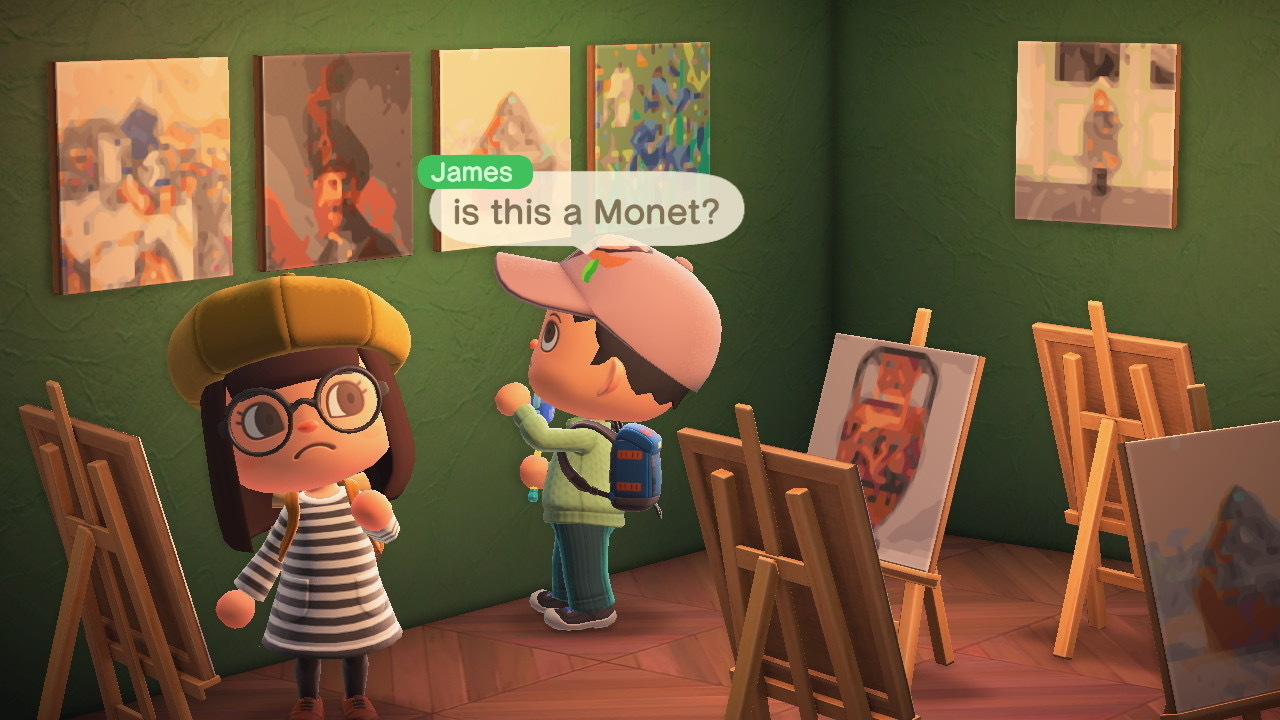
Rich Fagen, vice president and chief digital officer of the J. Paul Getty Trust, said web traffic to access works of art from the Getty has at least doubled during the pandemic. Joining CENIC’s network provided the Getty with 10 times the capacity of its previous connection and enabled the transfer of the museum’s massive amount of public-facing data to the cloud.
The Exploratorium, SFJAZZ, and the Getty lead the way for other cultural organizations around California to take advantage of CENIC’s advanced broadband network. Through both CENIC’s fiber network and human network with 20 million users, knowledge and resources from cultural institutions are integrated with education and research programs at CENIC’s member institutions – California’s universities, colleges, schools, and libraries.
Related Content:
- In a Time of Pandemic, Members Share Insight on the Power of Research and Education Networks
- Perspectives From CENIC: What Home Broadband Requirements Are Necessary for Students (and Families) During COVID-19 and Beyond?
- Network Traffic Analysis Shows Changing Activity Patterns During COVID-19 Pandemic
- Understanding the Network Impacts of Increased Online Learning
Related blog posts
CENIC Members Enable Data-Driven Agriculture: Optimizing Harvests in a Changing Environment
The use of technology in agriculture to increase yield and decrease resources is the focus of an innovative project fueled by CENIC and its collaborative partners: a novel model of precision agriculture in the vineyards.
The Venue is the World: CENIC Helps SFJAZZ Share Music with Everyone
Learn how Mount Allen shares musical experiences with the public through his role at San Francisco Jazz (SFJAZZ), which uses CENIC infrastructure to livestream performances to classrooms and libraries across the state.

